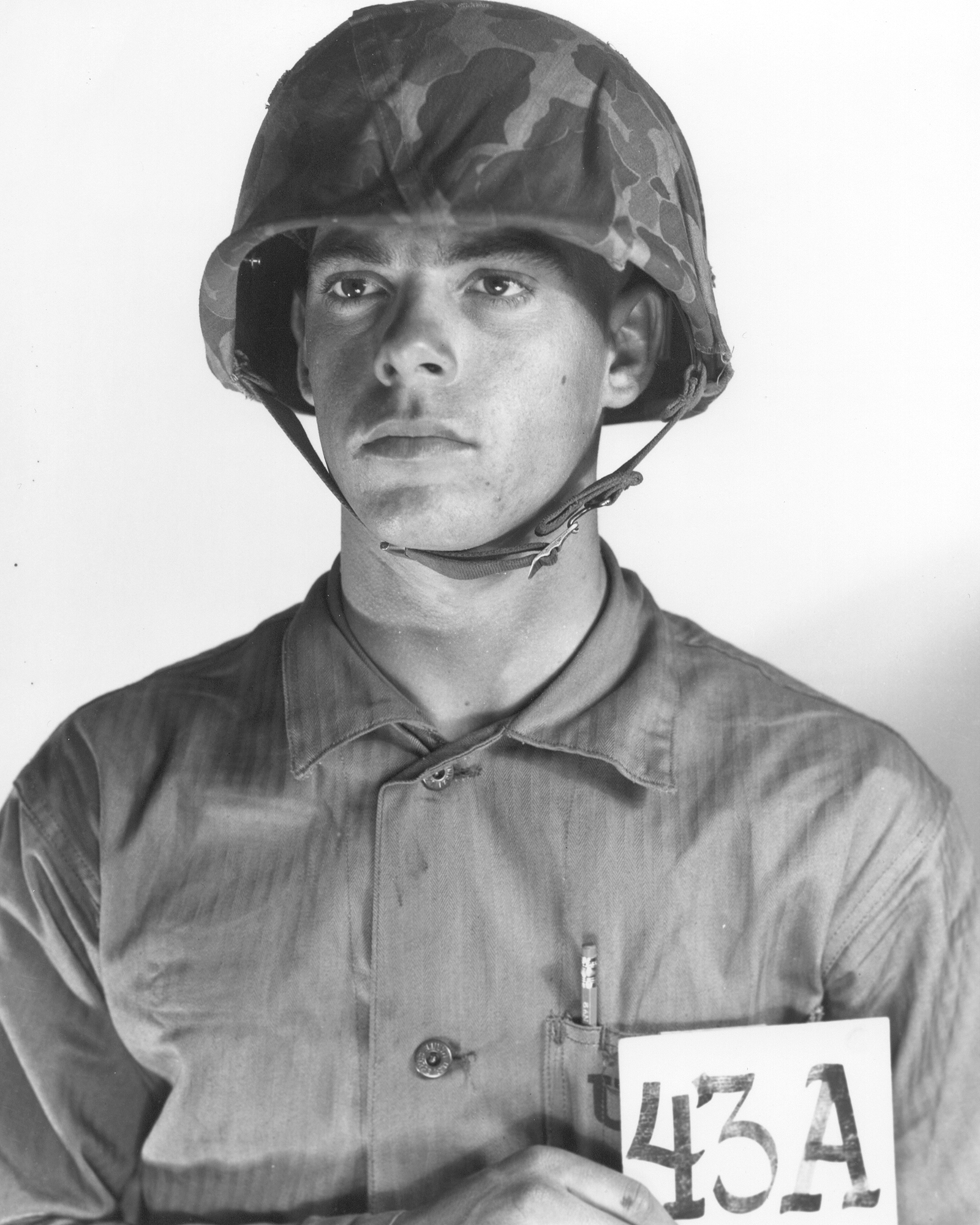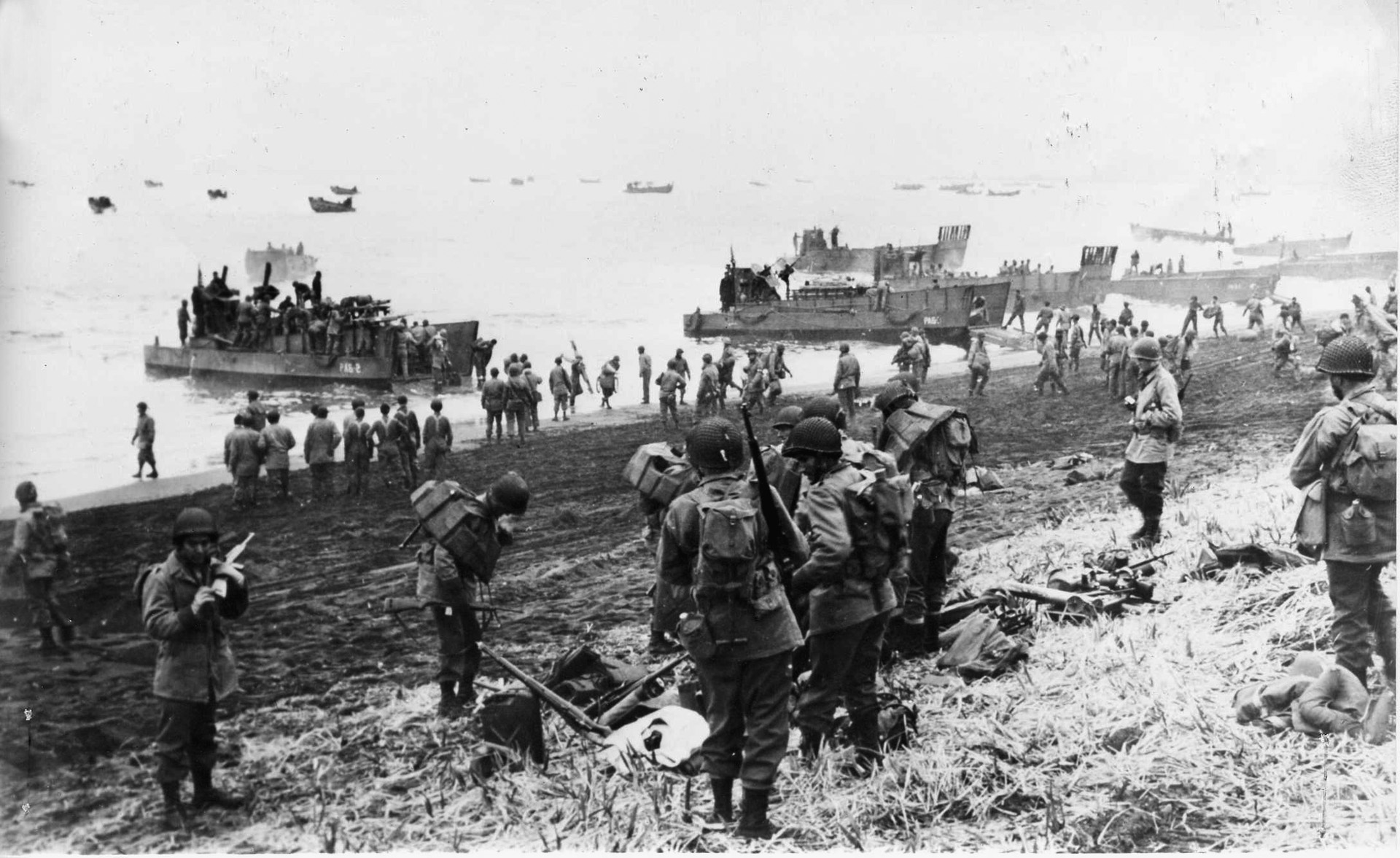The American Revolutionary War has been the subject of extensive study, commemoration, and mythologizing… Lots of mythologizing, Over the years, several inaccuracies have crept into popular narratives about the war, ranging from the reasons behind the conflict to the nature of the combat and the identity of the key players. Here are three incorrect facts related to the Revolutionary War, but if you enjoy a good rabbit hole you should search out the rest.
The War Was Fought Solely Over High Taxes
One of the most enduring myths about the Revolutionary War is that it was primarily fought over the issue of high taxes imposed by the British. The rallying cry “no taxation without representation” captures this sentiment, but it oversimplifies the causes of the war as is often the case with political rhetoric. In reality, the conflict was rooted in broader and more complex issues of governance and self-determination. The Bill of Rights is a good summary of the issues the colonies were most upset over.
Colonial grievances also included a lack of representation in Parliament, which affected not just taxation but also broader legislative and administrative control over the colonies. The imposition of taxes like the Stamp Act and the Tea Act were indeed catalysts, but they were part of a larger pattern of restrictive measures that included the Quartering Act and the Intolerable Acts. These policies collectively contributed to the colonial perception that their rights as Englishmen were being systematically violated, leading to broader demands for autonomy and eventually independence.
Paul Revere’s Midnight Ride
Paul Revere’s midnight ride is one of the most iconic moments in Revolutionary lore. It’s often said that during his ride, Revere shouted, “The British are coming!” to alert the colonial militia of the approaching danger. This version of events makes little sense from a few angles. At the time, the colonists still considered themselves British, which makes the supposed shout both anachronistic and unlikely. Shouting when trying to secretly pass information also comes off like serious artistic license.
In truth, Revere and other riders such as William Dawes, Sybil Ludington, and Samuel Prescott also risked treason by informing local militias that the "Regulars" (the term used to refer to British soldiers) were advancing. This discretion was crucial to avoid capture by British patrols. The phrase “The British are coming!” as well as the idea that Revere was alone in his mission was popularized much later, notably by poet Henry Wadsworth Longfellow in his 1861 poem, “Paul Revere’s Ride.” For a special treat, look into where one of the original three was found when the stand-up call was first given.
The Continental Army Wore Uniforms
Another common misconception about the Revolutionary War is that the Continental Army, led by George Washington, uniformly wore blue coats. While it is true that the Continental Congress attempted to standardize uniforms with blue coats with various facing colors to denote different regiments, the reality on the ground was quite different. When looking at military equipment, always follow the money.
Throughout much of the war, the Continental Army faced severe shortages of material and funding, which made uniformity a luxury they could seldom afford. Many soldiers wore whatever they could get their hands on, which often meant a mix of militia garments, pieces of British uniforms captured from enemy forces, or their everyday colonial clothing. The iconic image of a uniformly outfitted Continental Army in buff and blue is more a creation of later artistic interpretations than historical reality.
Understanding these myths offers a clearer and more nuanced view of the Revolutionary War. It reminds us that history is often more complex than the simple stories passed down through generations and by examining the facts behind the myths, we gain a deeper appreciation for the real challenges and complexities faced by those who fought for American independence, as well as the ridiculous and comical events happening behind the scenes.



%201.svg)










